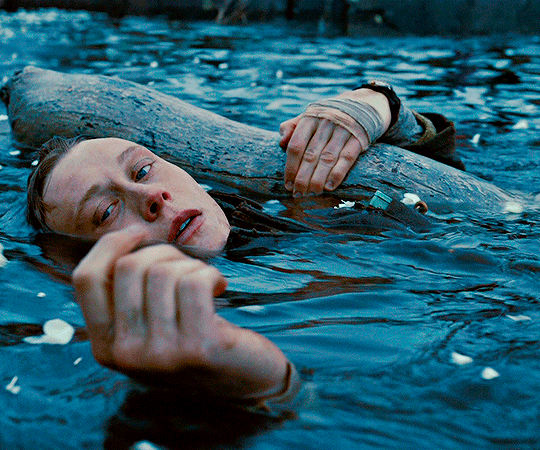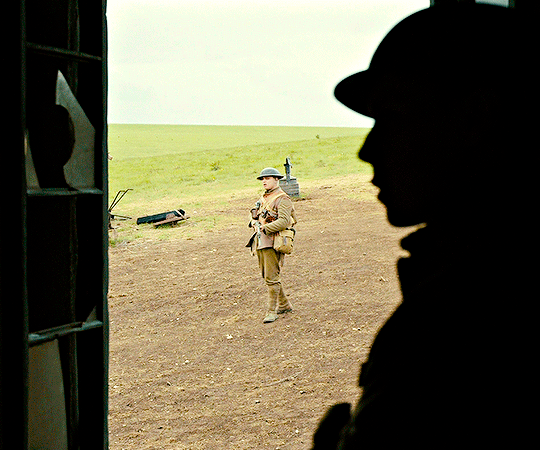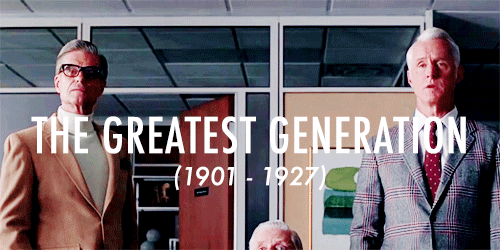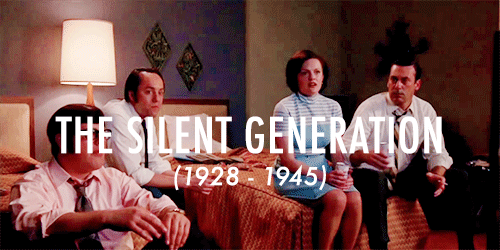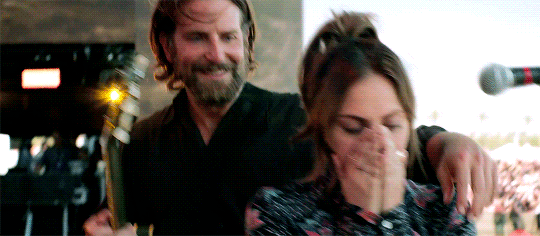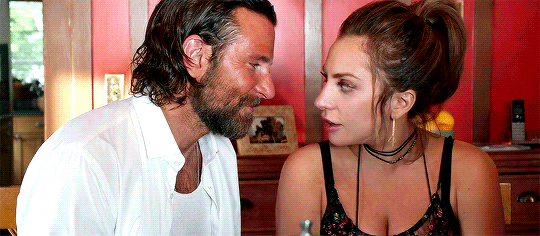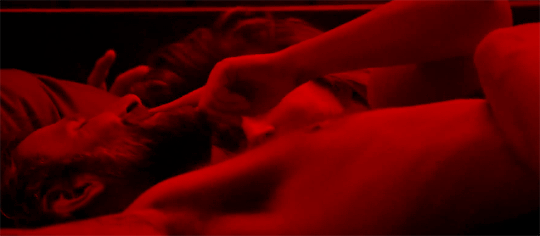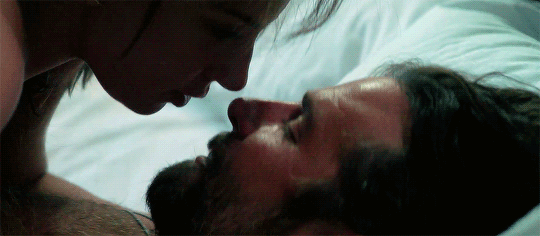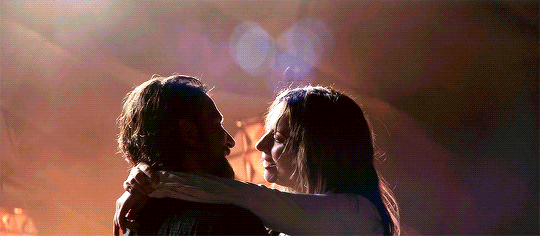Text






DUNE FIRST LOOK: Welcome to Arrakis. Filmmaker Denis Villeneuve will bring Frank Herbert’s legendary sci-fi novel to life in with not one, but two epic films: “I would not agree to make this adaptation of the book with one single movie,” Villeneuve tells V.F. “The world is too complex. It’s a world that takes its power in details." At the link in bio, get an exclusive first look at Timothée Chalamet, Zendaya, Jason Momoa, and more in the upcoming adaptation. 📸: Chiabella James
7K notes
·
View notes
Text
Part 3006 of them being confronted with the one shot process post 1917😭😂
683 notes
·
View notes
Photo






That bit really got me, actually, when I first watched the film.
George MacKay and Dean-Charles Chapman chat with film critic Anne Brodie about 1917.
4K notes
·
View notes
Photo







Orson Welles, Marlene Dietrich, Charlton Heston, Janet Leigh, and more behind the scenes of Welles’ noir masterpiece, Touch of Evil, which first opened on this day in New York in 1958.
145 notes
·
View notes
Photo










At night, Nosferatu sinketh his fangs into his victim and feedeth on his blood = his hellish elixir of life. Nosferatu (1922) dir. F. W. Murnau
3K notes
·
View notes
Text







Dr. Brian Harold May: guitarist, astrophysicist, and perfector of the mirror-selfie.
7K notes
·
View notes
Video
110K notes
·
View notes
Photo

DR. STRANGELOVE (’64) Offers Plenty of True Horror by Thomas Davant
As is the case for most people, October stokes my curiosity in horror. Darkness arrives earlier, the trees begin to shed, a chill is in the air, etc., etc. As far as movies are concerned, I’m always looking for good scares, but the last few Halloweens I’ve found myself more unsettled by films that don’t fall so neatly into the horror genre.
I know I risk coming off as extremely elitist, but the movies that aim to so obviously frighten (just like the lazy comedies which aim for cheap laughs and nothing else) have begun to fall flat for me. Maybe I’ve outgrown some of those films, or maybe the formulas have become so familiar that I find myself checking the time.

Yet, after having rewatched DR. STRANGELOVE OR: HOW I LEARNED TO STOP WORRYING AND LOVE THE BOMB (’64) in light of today’s political landscape—where nuclear threats are traded with a casualness of kids on a playground, the headlines read like satire and annihilation seems more likely than ever—I am convinced that it’s a horror masterpiece.
Chock-full of off-the-wall performances, shot in a luminous black and white by Gilbert Taylor and featuring set-pieces that fall off into soul-threatening darkness, it’s a ‘what-if’ portrait of men with too much power. Revisiting it since the first time I watched it in late middle school (the Kubrick kick, of course), I was left dumbfounded by just how perfectly this film weaves its scenario to create an atmosphere of mounting dread and despair. Its scenes, quotes and characters have earned a place in cinema history: Dr. Strangelove’s homicidal arm, the president’s awkward call to a drunk Soviet premier, Major Kong’s wild ride…
But it’s also those moments within the comedy and slapstick that lend the film a heaviness tilting towards horror.
Jack locks the door

Peter Sellers deserves all the praise for his three roles, but the standout is the great Sterling Hayden, whose drawling voice and massive height lend him an almost Frankenstein presence as Brigadier General Jack Ripper. When a confident Mandrake (Sellers) walks in with a portable radio held up as sure evidence that the impending bomb drop must be a drill to “keep the boys on their toes,” Ripper, cool as a cucumber, steps past him, crosses the room and locks the door as the mustachioed Mandrake keeps gabbing with relief. Kubrick holds on a long shot of the space. The light from outside casts elongated, sinister shadows across the ceiling that gives Murnau a run for his money. This is the general’s madhouse. Welcome, Group Captain.
General Turgidson has a plan

The other day, I was thinking about George C. Scott’s performance in the ghost story THE CHANGELING (’80). He’s always played a fairly straight man, taut in his beliefs and unwavering. He puts a spin on the stubborn character here, but it’s his finest hour as an America-loving, “not-a-sentimentalist-by-nature” clown. The moment the crew realize time is running out to recall the strike, General Turgidson (Scott), seated behind a small mountain of gum wrappers, suggests the “best” of two options should the bomb reach its target: “Mr. President, I’m not saying we wouldn’t get our hair mussed but I do say no more than ten to 20 million, killed, tops. Uh, depending on the breaks.” He’s a ridiculous character but he’s completely serious, and that’s what makes it so damn terrifying.
Kong’s wild ride

Slim Pickens, another great actor who lent his cowboy personality to Mel Brooks and a plethora of Western pictures, completely owns his character as a rodeo-loving bomber pilot. Watch him slide that hat on his head when he realizes this is it! He’s been waiting for this moment since he joined the force, hell, it’s probably why he joined. I know I already mentioned this scene above, but it’s the great sequence from the entirety of Cold War cinema, and maybe of the 1960s entirely. Notice that when the malfunctioned doors open and the bomb drops, the effects are somewhat clunky. There’s something about the hokeyness of Kong’s ride on the bomb that makes it so unnerving. Shot today, we can imagine a major build-up: Hans Zimmer-like strings and blares, a sentimental close-up of Kong as he begins to fall to his fate. Not with Kubrick. The music cuts out. We’re left with the cold sound of mechanics coming alive, Kong’s howls and the sound of the soon-to-be-poisoned wind rushing past as he tumbles to earth. These are just a few of a dozen other moments that send chills up my arm.

What is a masterpiece? Is it a work that stands the test of time and proves that it was far ahead of everything else? Did Kubrick know that nuclear bombs would still be brandished like dodge balls in the hands of school ground bullies? The film was relevant then, and unfortunately it’s relevant today. When that final montage arrives in all its horrific beauty, it feels like a glimpse into our future. Oh God, what have we done?
122 notes
·
View notes
Photo







He came in and i was like woah, this is Freddie. And he wasn’t just acting. It was something that came natural to him. We’re going to shock the audience. Its one of the best performances I’ve seen for a very, very long time. — Graham King, producer of Bohemian Rhapsody (2018)
14K notes
·
View notes
Photo
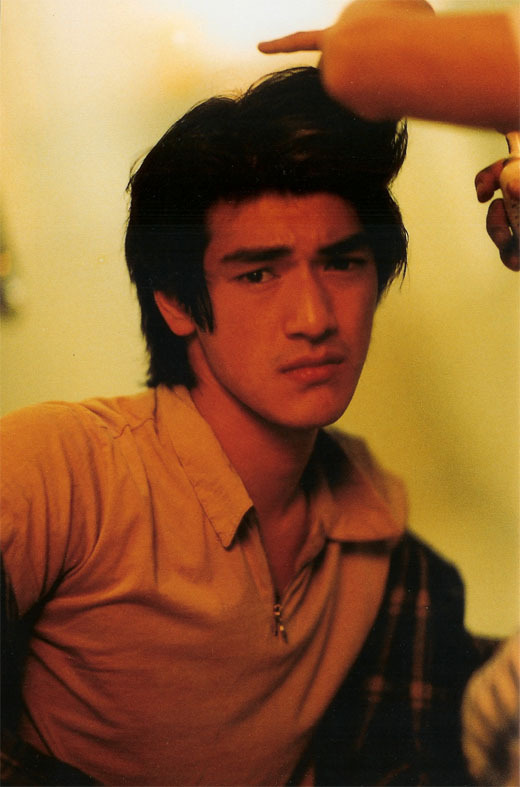

takeshi kaneshiro during the filming of fallen angels (1995)
23K notes
·
View notes










